Primary Mirror Mask - Notes and installation instructions
An primary mirror mask is used to reduce disturbing diffraction effects caused by mirror holders that overlap the primary mirror, but also to mask mirror defects (e.g. sloping edge). The installation is usually done on the original rubber clamps, which have only one purpose to prevent the mirror from falling out of the mirror cell.
In the following pictures you can see an image of a star taken with a Skywatcher 200PDS in its original state and on the right the image after mounting a CNC machined secondary spider and a primary mirror mask. The primary mirror mask reduces the over-illuminated area around the star (caused by a sloping edge on the primary mirror) and the secondary spider ensures perfect, razor-edge sharp spikes.













